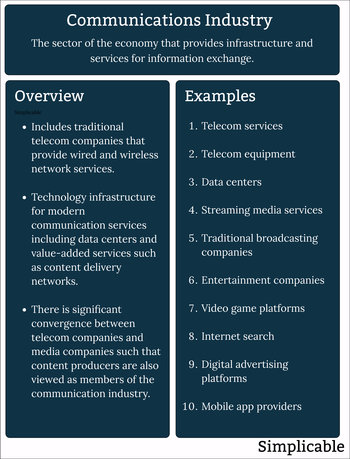|
| |
Real-time is a class of data processing that responds to events and demands as they occur. The speed of real-time processing depends on the problem space. It is common for seconds or minutes to be considered real-time. Some problems demand that processing complete in milliseconds or microseconds to be considered real-time. The following are common levels of real-time processing.
HardMissing a deadline is a total failure. For example, an self-driving car that doesn't apply brakes in time to avoid hitting a pedestrian. FirmMissing a deadline means that a result is worthless but the system as a whole is able to tolerate a degree of failure. For example, sensor processing in a self-driving car may fail to meet a deadline but the car may continue to operate normally. The car may be designed with more sensors than it needs such that a failure of a single sensor reading doesn't cause the car to make poor decisions. In theory, a high percentage of sensor readings could fail and the car could continue to be safe due to reliability engineering techniques such as sensor competition.
SoftA result is still useful when a deadline is missed. For example, an online credit card application promises customers an instant answer. If the response isn't completed in one minute many customers will close the page. The result is still useful as it can be emailed to the customer.|
Type | | Definition | A class of data processing that responds to events and demands as they occur. | Related Concepts | |
Computing
This is the complete list of articles we have written about computing.
If you enjoyed this page, please consider bookmarking Simplicable.
Examples of computing in everyday life.
The common types of delimited text file.
Binary completely explained.
An overview of hexadecimal as it relates to computing.
The difference between application software and services.
A definition of data processing with examples.
The common types of virtual machine.
A definition of system on a chip with examples.
The definition of embedded system with examples.
TrendingThe most popular articles on Simplicable in the past day.
Recent posts or updates on Simplicable.
Site Map
© 2010-2023 Simplicable. All Rights Reserved. Reproduction of materials found on this site, in any form, without explicit permission is prohibited.
View credits & copyrights or citation information for this page.
|




















